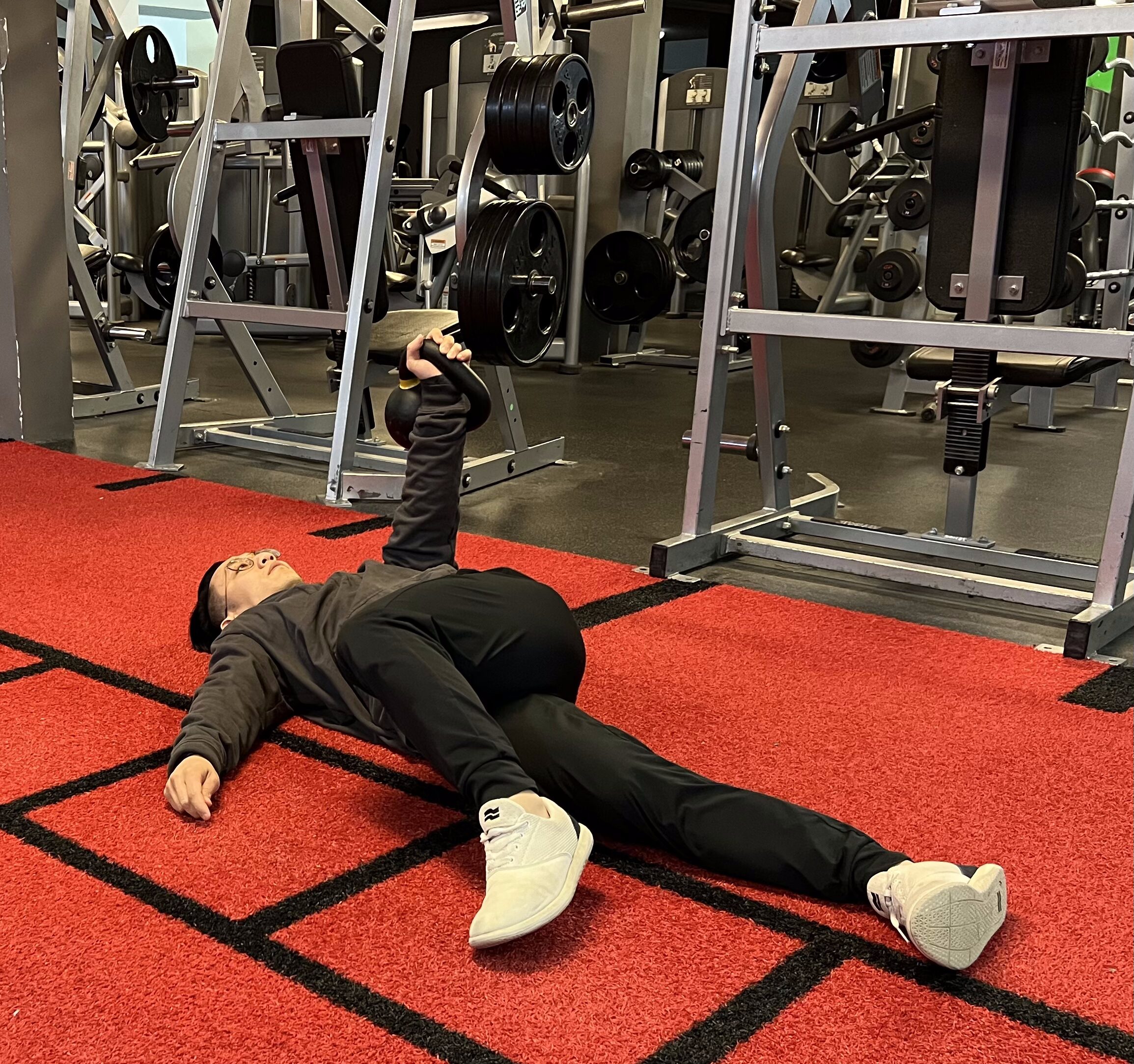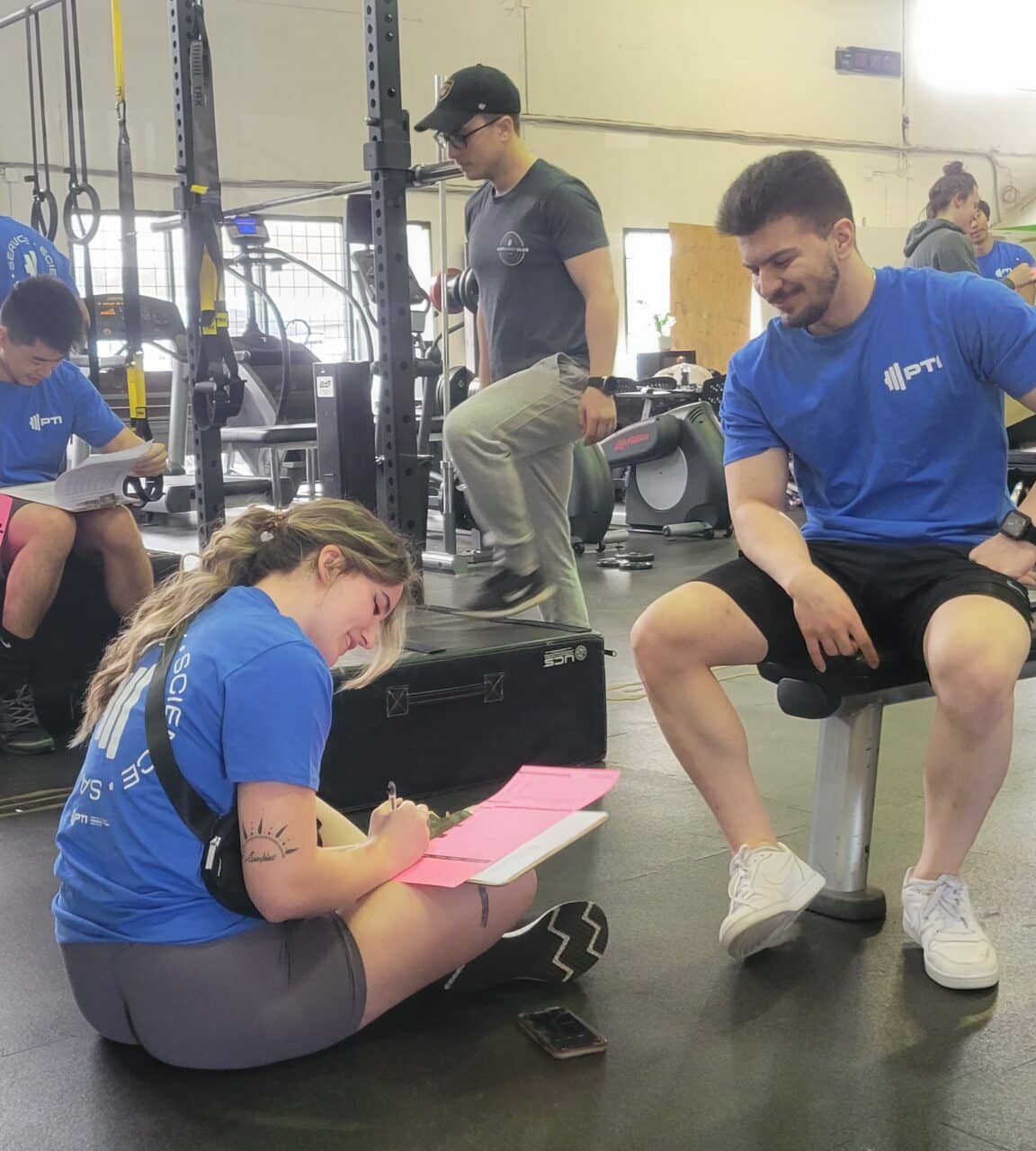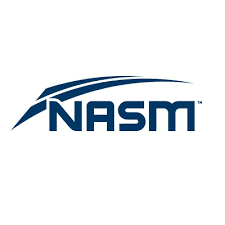July 20, 2023
Great Technique and Form: The Lost Art of Gains
Let’s dive into the often overlooked but critical aspect of fitness training – proper technique and form. We’ll explore the impact of correct form on your results and the potential negative adaptations that can arise from neglecting this essential element of training.
Section 1: The Power of Proper Technique and Form
Mind-Muscle Connection and Muscle Recruitment:
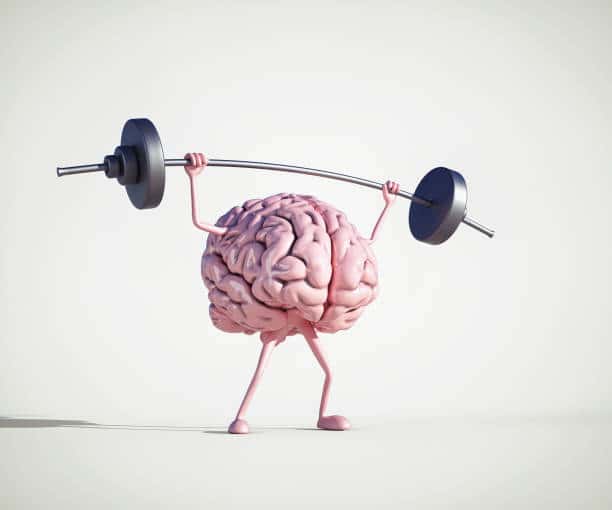
- Perfecting your form establishes a strong mind-muscle connection, allowing you to focus on engaging the target muscles effectively. Without proper technique, our body’s may compensate and load into other areas of the body that we may not want.
- One thing to remember is that the mind muscle connection shouldn’t be the only consideration as training at certain lengths of the muscle can lead to greater “sensation” but not necessarily better results.
- One thing to remember is that the mind muscle connection shouldn’t be the only consideration as training at certain lengths of the muscle can lead to greater “sensation” but not necessarily better results.
- Proper technique ensures optimal muscle recruitment, leading to increased muscle activation and growth potential. Better control throughout the full range of motion of the movements we use will better allow for growth. Optimal technique ensures the muscles we’re training are getting the stimulus required for improvement.
Enhanced Muscle Hypertrophy:
- When you perform exercises with good form, you maximize time under tension (TUT), a crucial factor in muscle hypertrophy. Good form also dictates strong control of the tempo which contributes to time under tension. It isn’t just about time under tension but where that load is being applied, that is, shortened ranges of the muscle vs. lengthened ranges.
- Controlled reps through the full range of motion create more significant muscle breakdown and promote greater muscle repair and growth. Particularly when done throughout the eccentric phase of the lift.
- We shouldn’t unnecessarily decelerate/slow down the speed of the movement but we should be capable of controlling the weight in spite of how heavy it is for the tempo we’re looking for. This controlled range of motion also supports active mobility which is our tissue’s ability to move under load.
Strength Development and Performance:
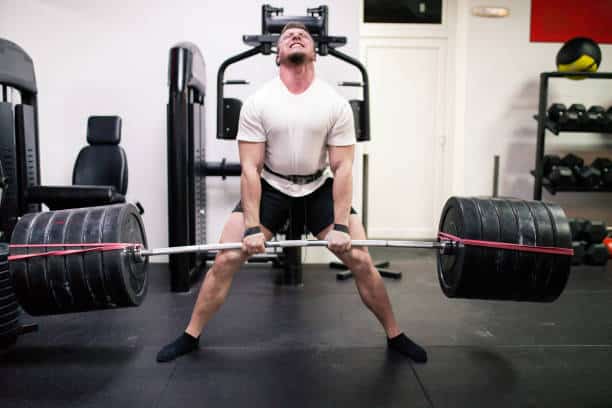
- Solid form enables you to lift heavier weights safely, leading to progressive overload and improved strength gains.
- Better control and technique ensure we have strong stability which allows for better force production.
- Proximal stability leads to distal strength. That is, the more internal force we generate, the greater the external force we can overcome.
- Proximal stability leads to distal strength. That is, the more internal force we generate, the greater the external force we can overcome.
- Proper technique fosters functional movement patterns, translating to enhanced performance in sports and daily activities. Beyond the strength adaptations that can come from using proper technique, there is also components of fascial fitness.
- Fascial fitness is our body’s ability to move through the fascial system. It is the interconnectedness of our body through connective tissue that runs throughout the body. Fascial fitness contributes to our ability to move smoothly, rhythmically, and spring like.
Section 2: The Negative Impact of Poor Technique and Form
Increased Risk of Injury:

- Utilizing poor form places unnecessary stress on joints, tendons, and ligaments, increasing the risk of acute and chronic injuries.
- Repetitive movements with improper technique can lead to overuse injuries and long-term issues.
Muscle Imbalances and Compensation:
- Incorrect movement patterns can cause muscle imbalances, where certain muscles become overactive, and others underactive. We can end up overusing or overloading muscles that should be assisting a movement instead of taking over.
- E.g., hamstrings taking over for a weaker glute; low back taking over for weak legs; upper trap compensating for a weak lat.
- E.g., hamstrings taking over for a weaker glute; low back taking over for weak legs; upper trap compensating for a weak lat.
- Compensatory movements to overcome weaknesses may lead to further dysfunction and reduced exercise efficiency. The more we utilize poor technique, the further we strengthen the compensatory pattern, the harder it is to change unless we decrease the load to a manageable amount.
Plateaus and Stagnation:
- Poor form hinders progress and may lead to performance plateaus, preventing you from reaching your fitness goals.
- Incomplete muscle activation limits strength gains and hypertrophy potential by leaking energy in the movement. Improper technique can lead to loss of potential of force production thereby slowing our progress.
Inefficient Workouts:
- When form is compromised, the targeted muscles may not be effectively engaged, reducing the effectiveness of your workouts.
- Time and effort are wasted on exercises with suboptimal technique which is attempted to be made up by adding more volume. Better technique means better loading and results as the work we are doing can contribute to improved results.
Section 3: Tips for Perfecting Your Form and Technique
Educate Yourself:
- Seek guidance from fitness professionals, trainers, or reliable resources to learn the correct technique for each exercise.
- Watch instructional videos and read articles to understand the proper form thoroughly.
- Practice the movements frequently to pattern the body.
Focus on Technique Before Weights
- Understand the form and technique components instead of focusing on just the weight. Progress in weight as you master the movement patterns. Still make sure the weight is not too light and is challenging enough that you can incorporate not just teaching the body how to understand the technique but also to increase strength of the prime mover muscles.
- Using a slower eccentric tempo (lowering/returning/decelerating the weight) can help to better understand how to accept load.
- Using a slower eccentric tempo (lowering/returning/decelerating the weight) can help to better understand how to accept load.
- Gradually increase the resistance as your form improves and hold yourself accountable to tempo. There should be a degree of smoothness of the rep speed even if it’s very slow or reasonably fast.
Focus on Mind-Muscle Connection:
- Concentrate on feeling the target muscles working during each exercise to enhance muscle activation and recruitment. Manage unwanted rotation and compensations by keeping tension where we need it.
- Avoid using momentum or relying on other muscle groups to complete the movement. There are moments where utilizing degrees of momentum will be beneficial but most of the time, proper tempo and control throughout the entire range of motion (and not arbitrarily shortened for the “pump”) will provide the most benefit.
Use Mirrors and Feedback:
- Exercise in front of a mirror or use video recordings to observe your form and identify areas for improvement. Ensure to understand what proper technique feels like so you understand when you’re doing it well or incorrectly.
- Seek feedback from experienced individuals or trainers to help you refine your technique.


Section 4: When is less than ideal technique acceptable?
While aiming for (near) perfect technique is ideal, it may not always be practical or necessary in every situation. There are instances where allowing for some loss of technique can be suitable, as long as it is done mindfully and with proper considerations. Here are some scenarios where it might be acceptable to deviate from perfect technique:
- Training Near Your Maximum: When lifting very heavy weights or pushing yourself close to failure, it’s normal for form to break down slightly. This is especially true for one-rep max (1RM) attempts or when attempting to push beyond your previous limits. However, it’s crucial to maintain control and avoid reckless lifting to minimize the risk of injury aka ego lifting. Some loss of form and technique is acceptable but allowing it to fall apart just because it’s heavy isn’t the best options.
- High-Intensity Workouts: During high-intensity workouts like HIIT (High-Intensity Interval Training) or CrossFit, fatigue may lead to a slight decrease in form towards the end of the workout. In such cases, prioritize safety, and modify the exercise or reduce the intensity if needed.
- Functional Training and Real-Life Scenarios: In some functional training exercises or real-life situations, the movement may not adhere to textbook-perfect form. In these cases, the focus is on practicality and functionality, but still, aim for safe movement patterns.
- Advanced Training Techniques: Certain advanced training techniques, like cheat reps or partial-range movements, might involve controlled deviations from strict form to challenge muscles differently. However, these techniques are typically used temporarily and intentionally.
- Rehabilitation and Injury Management: Injury or mobility issues might require modifications to exercise form to accommodate limitations or aid in the rehabilitation process. In these cases, ensuring you’re working with a qualified individual and doing it correctly will lead to improvements sooner.
- Skill Development: When learning a new exercise or movement pattern, it’s normal to experience some form discrepancies. Over time, as you become more proficient, the goal should be to refine your technique. If you are unable to execute well due to the load, reduce the load or regress the exercise to progress.
In all cases where some loss of technique is acceptable, it’s vital to maintain mindfulness and control. Avoid using poor form as a regular practice or during every workout. Uncontrolled deviations from proper form can lead to negative adaptations, increased risk of injury, and hinder your progress in the long term.
Closing Remarks
Remember, the main objective is to strive for excellent technique and form during your workouts while acknowledging that perfection might not always be attainable or necessary. If you’re unsure or concerned about your form, seek guidance from a knowledgeable fitness professional or trainer to ensure you’re exercising safely and effectively.
Great technique and form are the keys to unlocking your true potential in fitness. Embrace the lost art of gains by prioritizing proper form, and you’ll see remarkable improvements in muscle hypertrophy, strength, and overall performance. Stay dedicated, be patient, and enjoy the journey toward a healthier and stronger you!
Interested in understanding more about how to coach technique as a personal trainer? Reach out below to find out more about our Certified Personal Trainer Program to get you certified in 8 weeks as a NASM personal trainer.
Tags:
Related Posts
We’re here to help you!
Questions, comments or want to register? Fill out the form below and we will contact you shortly. Thanks!
"*" indicates required fields

